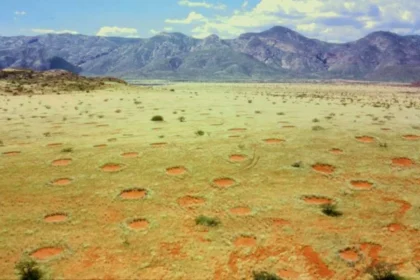Would you know the difference between crab and crab? Although these two terms refer to the same animal, this is untrue. In the animal kingdom, subtle differences are enough to define another species, another genus, etc., as is the case of the snail x snail.
The confusion between crab and crab occurs mainly because of the physical similarities between these decapod crustaceans belonging to the order Brachyura.
Both have ten legs, hence the term “decapod.” This includes the pair of tongs at the front, used to manipulate food and defend itself. Both crabs and crabs have a hard exoskeleton that protects their bodies and feeds on fish, molluscs, algae, and detritus. There are countless similarities, but we cannot deny the important differences between the two.
What is Siri?
When people talk about “crabs,” they’re referring to a bunch of different types of sea creatures with ten legs, all belonging to a group called Brachyura. These crabs usually hang out in oceans and sometimes in places called mangroves, which are like treehouses for sea creatures.
But here’s the twist: Not all crabs are the same. Some crabs have different features than others. For example, some crabs have narrower shells and longer bodies. They also have longer legs in the back that help them swim or move around in water.
So, in a nutshell, when people talk about “crabs,” they’re talking about a whole bunch of different sea creatures with ten legs and some of these crabs have specific features that set them apart from others.

Crabs are generally more agile in the water. This happens due to the shape of the body and adapted rear legs.
Crab species
Currently, thousands of crab species known to science are distributed in a variety of aquatic habitats around the world, such as:
- Blue crab ( Callinectes sapidus ), found on the east coast of the United States and in the Gulf of Mexico;
- Callinectes ornatus, a close relative of the blue crab, but which has additional teeth;
- Stone crab ( Cronius ruber ) inhabits rocky areas close to the coast.
What is a crab?
Although crab is also a term used to refer to a wide variety of decapod crustaceans belonging to Brachyura, the animal has a wider, laterally flattened carapace.
Unlike the crab, the crab has a short abdomen folded under the back of the carapace. Another exclusive characteristic of this animal is the presence of wider and flatter hind legs, adapted for walking or climbing in different habitats. These back legs are not used for swimming.

Many crab species have a marine larval stage, while others may have a more land-oriented life cycle. Some crab species are known to be more herbivorous, while others are predators of smaller animals.
Crab species
There is also no shortage of examples of crab species. Thousands have already been cataloged by scientists, such as:
- Uçá crab ( Ucides chordatus ), which lives in mangrove regions not far from the sea;
- Norwegian king crab ( Lithodes maja ), found in the waters of the North Atlantic and North Pacific;
- Earth-necked snapdragon (Uca tangeri) lives along the Atlantic coasts of West Africa and southwestern Europe.
The crab is far from being a new animal. To give you an idea, the largest fossilized crab claw in the world is 8 million years old.
All crabs are crabs
All crabs are considered crabs, but not all crabs are considered crabs. Did not understand? We explain! Both represent distinct groups within the order Brachyura, but crabs are a subcategory of crabs characterized by the characteristics we described previously.
The crab represents a popular name given to members of one of the numerous families of crabs called Portunidae.
Difference between crab and crab
Did you see it? Now you know the difference between crab and crab. To summarize, crabs have a wider, laterally flattened carapace and a narrower, more elongated carapace. While crabs have longer back legs adapted for swimming, crabs have shorter, sturdier back legs adapted for walking or climbing. Also, remember that all crabs are crabs.








